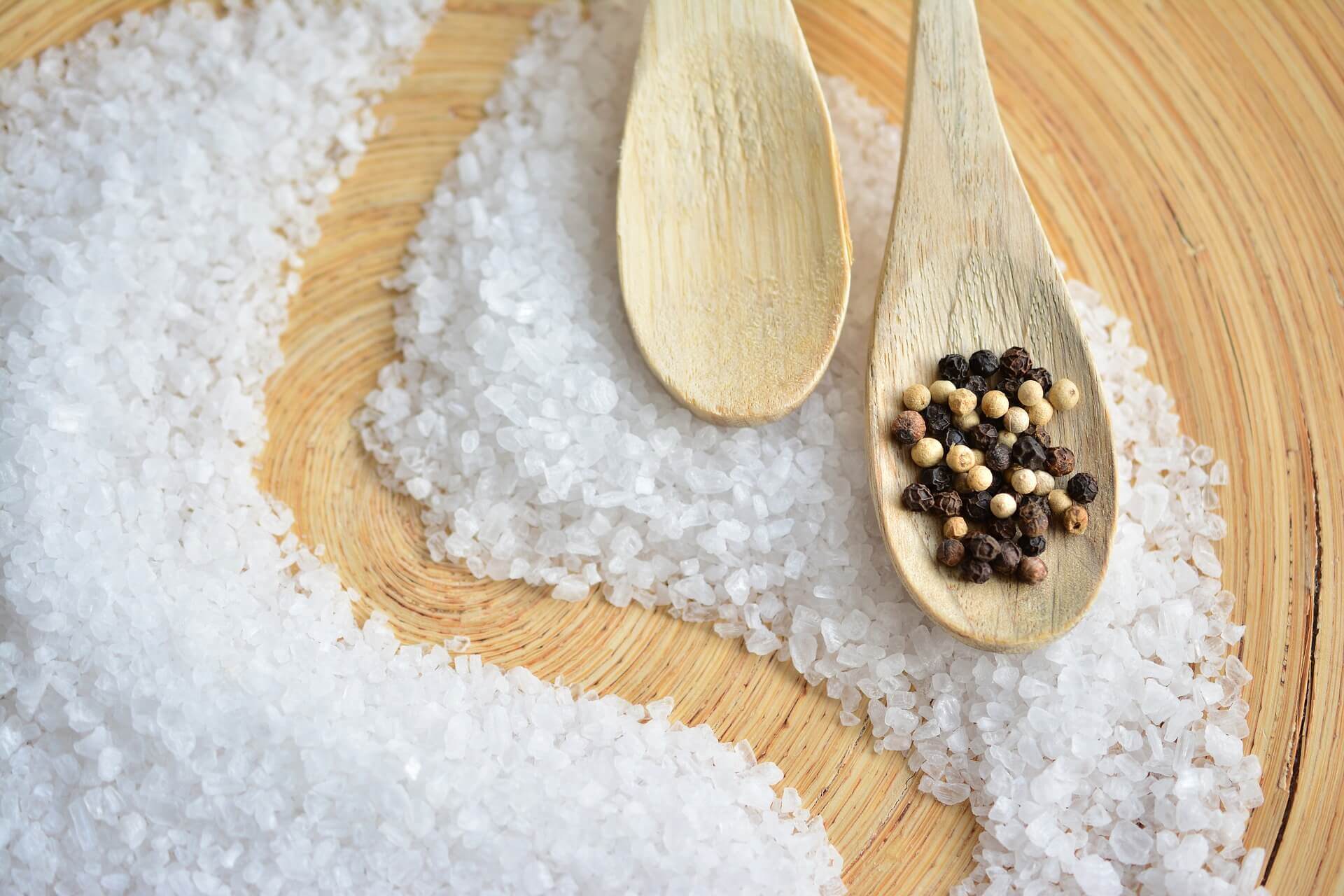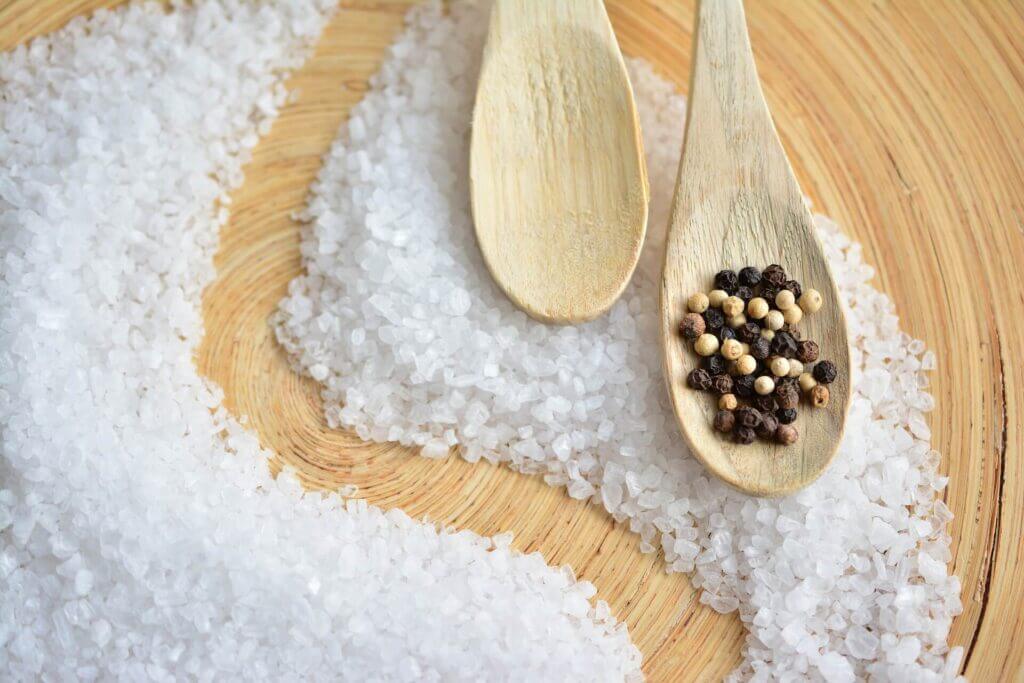
07 Apr The ‘healthier’ snacks that are actually high in salt
A recent survey by Action on Salt has found that some snacks, often perceived as ‘healthier’, are in fact high in salt. Average salt intake in the UK is currently 8.4g a day, which is 29% above the maximum 6g salt a day recommended for adults.
Too much salt in the diet is strongly linked with raised blood pressure, which can increase the risk of strokes and heart disease. These are two of the biggest causes of death and poor heath in the UK. High blood pressure is the third largest risk factor for disability and premature death in the UK.
About 75% of the salt we eat is already in the food that we buy, and that includes snack foods.
Changing snacking habits
The COVID-19 pandemic has changed our eating behaviours and figures show a rise in snacking. A recent survey found over a third (35%) reported snacking on unhealthy food and drinks at least once a day – up by 9% from this time last year. Sales in savoury carbohydrates and snacks have risen by 18.8% since lockdown was announced in March 2020.
‘Healthy’ savoury snacks
There are a growing range of savoury pulse-based snacks, such as lentil crisps, roasted chickpeas, and corn snacks which are often marketed as, and tend to be perceived as, ‘healthier’ alternatives to usual snacking options.
A recent survey of these savoury pulse-based snacks by Action on Salt looked at 119 products from 36 companies. 43% of the products were found to be high in salt (1.5g or more per 100g), with no product found to be low in salt (0.3g or less per 100g).
- The saltiest snack was found to be Eat Real Hummus Chilli & Lemon Flavoured Chips containing 3.6g salt per 100g. That’s more than half of the maximum 6g daily salt intake. Yet the messages on the front of the pack states ‘40% less fat’, ‘vegan’ and ‘gluten free’.
- One 45g serving of Love Corn Salt & Vinegar contains more salt than 3.5 bags of Walkers Ready Salted crisps (a 25g bag of Walkers ready salted crisps contains 0.34g salt).
- Despite more than half (55%) of the products surveyed being high in fat, salt and/or sugar, the majority of products do not display colour coded nutrition information on front-of-pack as per government guidance.
- Most of the products feature on-pack nutrition claims, which, although legal, can mislead consumers by creating a distorted ‘health halo’.
To see some more examples of the salt content in the products surveyed check out the Action on Salt page here.

Are some salts healthier?
Interestingly, the survey also found that one in three of the snacks also specified the use of sea salt. Using ‘sea salt’, ‘rock salt’ or ‘Himalayan salt’ on product may give the perception of them being healthier, but this is misleading as research shows they all contain the same levels of sodium and are, therefore, equally damaging to health.
Check the labels
Some products have clear traffic light labelling on the front of pack, so if you see red against the salt then you know its high in salt. However, you can check the nutrition information on the back of pack for salt content. As a general rule, foods high in salt have more than 1.5g of salt per 100g or more than 1.8g per portion. Sometimes the portion size used on the pack is not very realistic, so keep that in mind.
A quick option is to use the FoodSwitch UK app which allows you to scan the barcodes of food and drink products and instantly see whether they are high (red), medium (amber) or low (green) in salt as well as fat, saturates and sugars. The app is designed to show you the healthiest options available, from any store. You can use the app while you are in the supermarket, or planning your next shop by scanning products you have at home.
Dr Laura Wyness,
“The Nutrition Navigator”
A healthy diet and doing regular activity can be really beneficial for managing your blood pressure. Inside Out PT offers a range of classes as well as advice from our Nutritionist to support you in improving your overall health and wellbeing. Click here to find out about a free trial.
References:
Action on Salt (2021) Salt Awareness week: ‘Healthier’ snacks. Available: http://www.actiononsalt.org.uk/salt-surveys/2021/salt-awareness-week-healthier-snacks/#d.en.880387
Action on Salt (2021) Salt Content in Pulse-based Snacks – A Technical Report. Available: http://www.actiononsalt.org.uk/media/action-on-salt/Salt-Content-in-Pulse-based-Snacks.pdf



